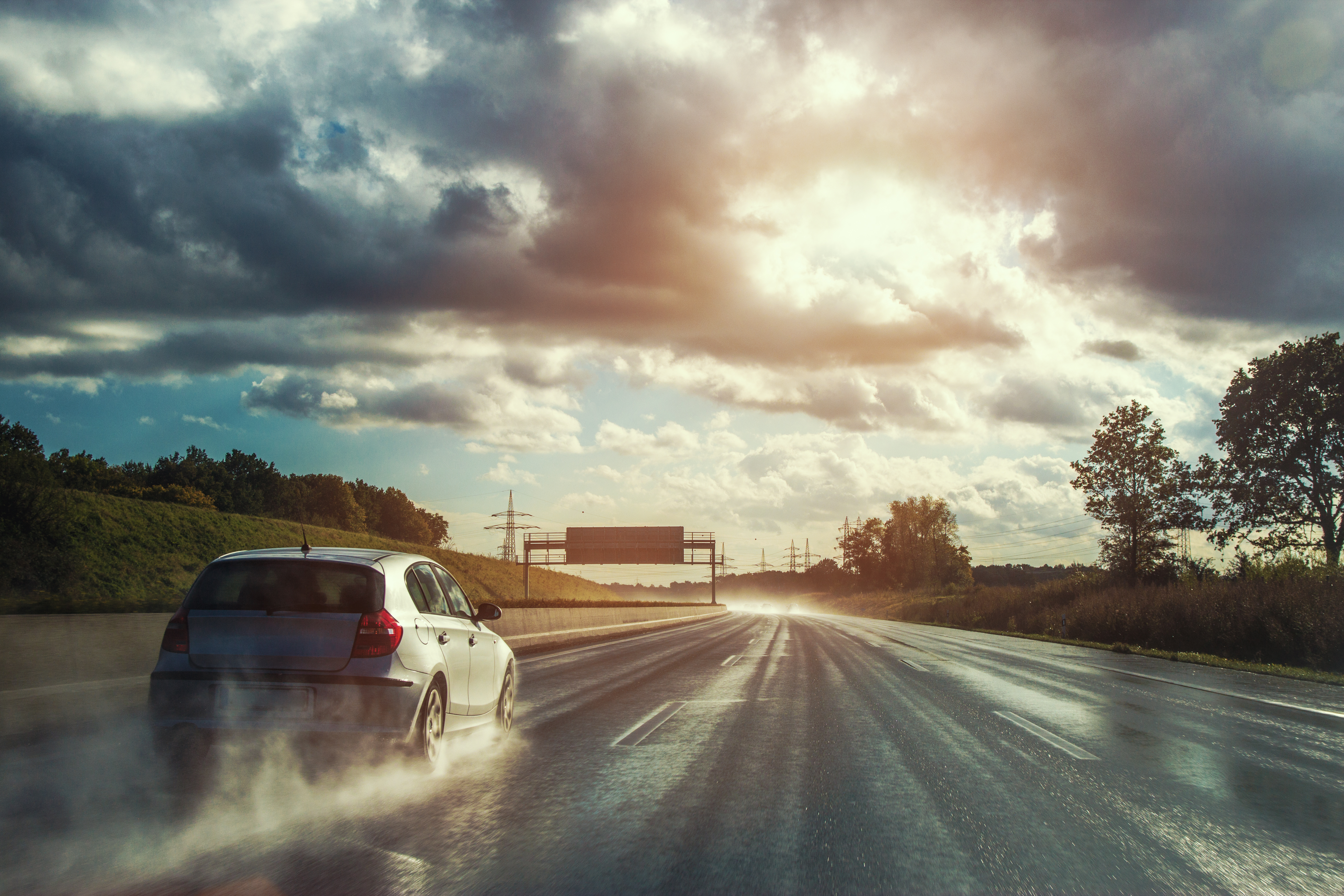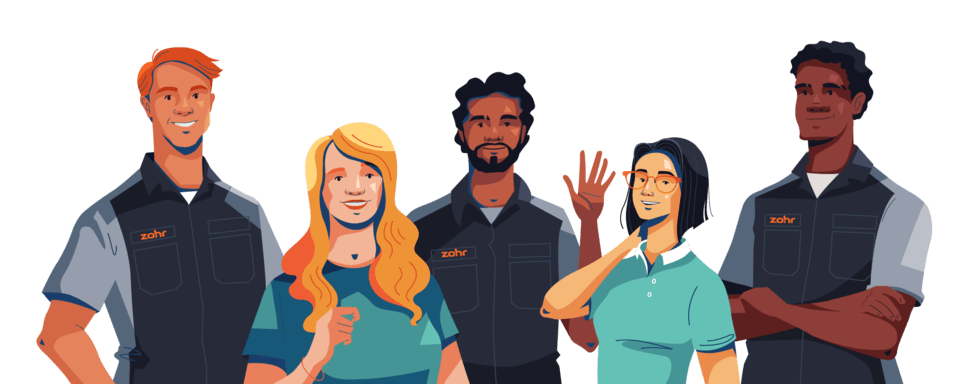It’s lap 38 out of 52, and the AMG Mercedes Formula One team has a decision to make. Will they bring their drivers in for rain tires, or leave them out on the track and hope that the track dries out? In F1, as well as other types of racing, rain tires are drastically different from normal racing slicks. And the biggest difference is that they have tread. If the team keeps their drivers out on slicks, they could hydroplane on the wet track, losing traction and crashing out. And though you might not have a seven figure F1 car, you can prevent hydroplaning the same way. We’ll explain.

Hydroplaning occurs when a tire makes contact with a layer of water rather than with the road. Water pressure builds up in front of the tire, forming a wedge beneath the tire’s contact patch. Since water doesn’t offer much traction, that wheel may begin to spin at a faster rate than the other wheels. This can cause severe traction problems, especially when that wheel makes contact with the pavement again. If you can picture yourself sprinting at full speed on a treadmill that suddenly stops, you’ll get the idea.
If all four tires start hydroplaning, things can get even worse. You could lose all control inputs: brakes, throttle, and steering, turning your car into a very expensive sled. If this occurs, gently let off the gas pedal and coast until you can regain control, then make your way to a lower-speed road.
You’ll feel hydroplaning as a slight loosening of the steering or a sudden jump in engine speed without actual acceleration. This is why it’s important not to use cruise control in heavy rain. Your car could begin to hydroplane under computer control.
If you live here in Kansas City, you may have experienced hydroplaning recently, since we seemed to be in the middle of some kind of apocalyptic event. KC has seen intense flash flooding in the last few months, but no matter what kind of whether you’re experiencing, you need to be prepared to prevent hydroplaning. It’s easier than you might think.
Remember those F1 tires? If your tires are worn and don’t have much tread, they can behave like those racing slicks, riding on top of the water, but a tire with adequate tread has a variegated surface. Tread blocks bash through that wedge of water to grip the pavement and channel water between them, away from the gripping area. The more tread you have, the more water you can channel.
Here at Zohr, we offer a complete line of summer and all season tires designed to channel water away from the contact patch and provide excellent traction when the roads are wet. Since we’re a mobile tire service, we will come to your home or place of business and install your tires at your convenience. You don’t even have to drive those old tires to the tire store.
And yes, we work in the rain.
So be like that F1 team and make the smart decision to replace your worn rubber with new, fully-treaded tires by calling or texting us at (816) 800-9175. It’s the best way to win in the rain.
 7 Fantastic day trips from KC on a tank of gas | Zohr
7 Fantastic day trips from KC on a tank of gas | Zohr
